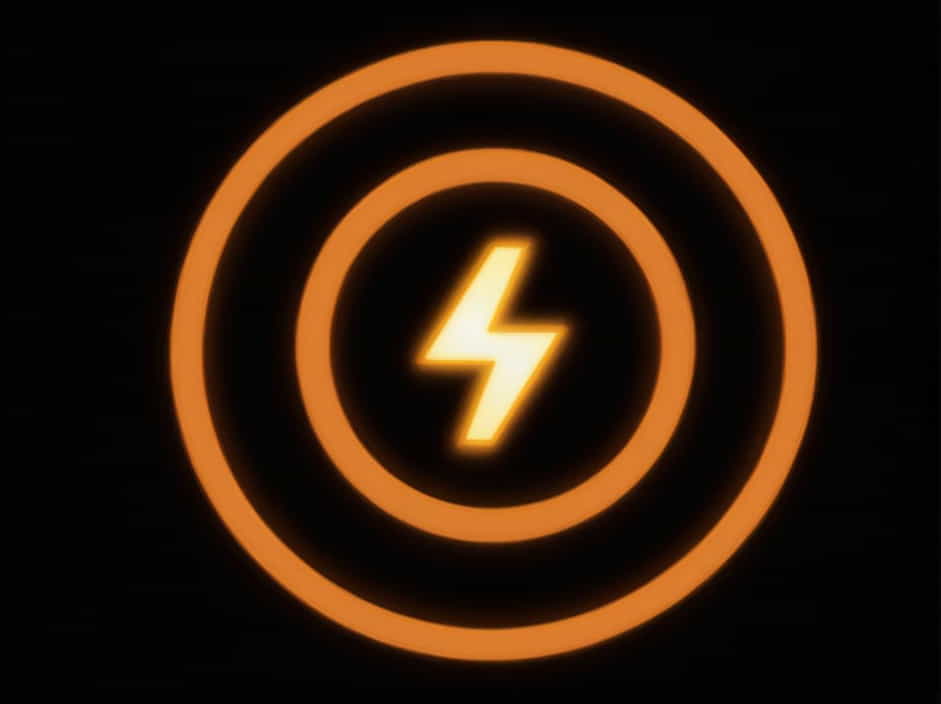Light is made up of photons, which are tiny packets of energy. The number of photons emitted per second depends on factors such as power, wavelength, and frequency of the light source. Understanding photon emission is important in various fields, including optics, quantum mechanics, and telecommunications.
This topic explains how to calculate the number of photons per second, the factors affecting photon emission, and its practical applications.
What Are Photons?
A photon is the fundamental ptopic of light and carries energy based on its frequency. According to quantum mechanics, the energy of a single photon is given by the equation:
where:
-
E is the energy of a photon,
-
h is Planck’s constant (6.626 à 10â»Â³â´ J·s),
-
f is the frequency of the light wave.
Since frequency and wavelength are related by:
where:
-
c is the speed of light ( $3.0 times 10^8$ m/s),
-
lambda is the wavelength of light,
-
f is the frequency of light.
We can also express photon energy in terms of wavelength:
How to Calculate the Number of Photons Emitted Per Second
The total power of a light source is measured in watts (W), where:
To find the number of photons emitted per second ( N ), we use:
where:
-
P is the power of the light source (in watts),
-
E is the energy of a single photon (in joules).
Example Calculation
Suppose we have a 100-watt visible light bulb emitting photons at a wavelength of 500 nm (green light).
- Calculate the energy of one photon:
- Calculate the number of photons emitted per second:
This means a 100W green light bulb emits approximately 250 quintillion photons every second!
Factors Affecting Photon Emission
1. Power of the Light Source
The more power a light source has, the greater the number of photons emitted per second.
-
Low-power LED (1W) emits fewer photons than
-
A powerful laser (1000W), which emits significantly more photons.
2. Wavelength of Light
Shorter wavelengths (higher frequency) carry more energy per photon, meaning fewer photons are needed to deliver the same power.
For example:
-
Blue light (450 nm) has more energy per photon than
-
Red light (700 nm), so a 100W blue light source emits fewer photons than a 100W red light source.
3. Efficiency of the Light Source
Not all input energy is converted into visible photons. Some energy is lost as heat.
-
Incandescent bulbs waste a lot of energy as heat â Fewer photons.
-
LEDs and lasers are more efficient â Emit more photons per second.
4. Medium Through Which Light Travels
If light travels through air, water, or glass, some photons may be absorbed or scattered, reducing the total photons reaching the observer.
Applications of Photon Emission
1. Quantum Mechanics and Photonics
The concept of photon emission is crucial in quantum mechanics. Photons behave as both ptopics and waves, forming the basis of:
-
Quantum computing,
-
Quantum cryptography,
-
Single-photon detectors.
2. Laser Technology
Lasers emit a large number of coherent photons per second, which are used in:
-
Medical procedures (laser surgery),
-
Optical communication (fiber optics),
-
Industrial cutting and engraving.
3. Solar Power and Photovoltaics
In solar panels, photons from sunlight knock electrons free from a semiconductor material, generating electricity. The efficiency of a solar cell depends on:
-
The number of photons hitting the surface,
-
The energy per photon (wavelength).
4. Astronomy and Astrophysics
Scientists study the number of photons emitted by stars to determine their:
-
Temperature,
-
Composition,
-
Distance from Earth.
High-energy photons from distant galaxies help astronomers understand the origin of the universe.
5. LED and Display Technology
In modern LED screens, each pixel emits a certain number of photons per second to produce images. Adjusting brightness changes the photon emission rate.
Comparison of Photon Emission in Different Light Sources
| Light Source | Power (W) | Typical Wavelength (nm) | Number of Photons per Second |
|---|---|---|---|
| Candle | 1 | 600 (orange) | $3 times 10^{18}$ |
| LED bulb | 10 | 550 (green) | $2 times 10^{19}$ |
| Incandescent bulb | 100 | 600 (yellow) | $2.5 times 10^{20}$ |
| Sunlight on Earth (per m²) | 1360 | 500 (white light) | $3.4 times 10^{21}$ |
| Laser (industrial) | 1000 | 532 (green) | $5.6 times 10^{21}$ |
Key Takeaways
-
Photons are energy packets of light, and their emission depends on power, wavelength, and efficiency.
-
The number of photons per second is given by ** N = P/E **, where E depends on wavelength.
-
Shorter wavelengths (higher energy) emit fewer photons per second at the same power.
-
High-power sources emit more photons, such as lasers and LEDs.
-
Photon emission plays a key role in solar energy, communication, astronomy, and display technology.
Understanding the number of photons emitted per second is essential in physics, engineering, and technology. Whether studying light sources, designing lasers, or optimizing solar panels, the principles of photon emission shape modern science and innovation.
